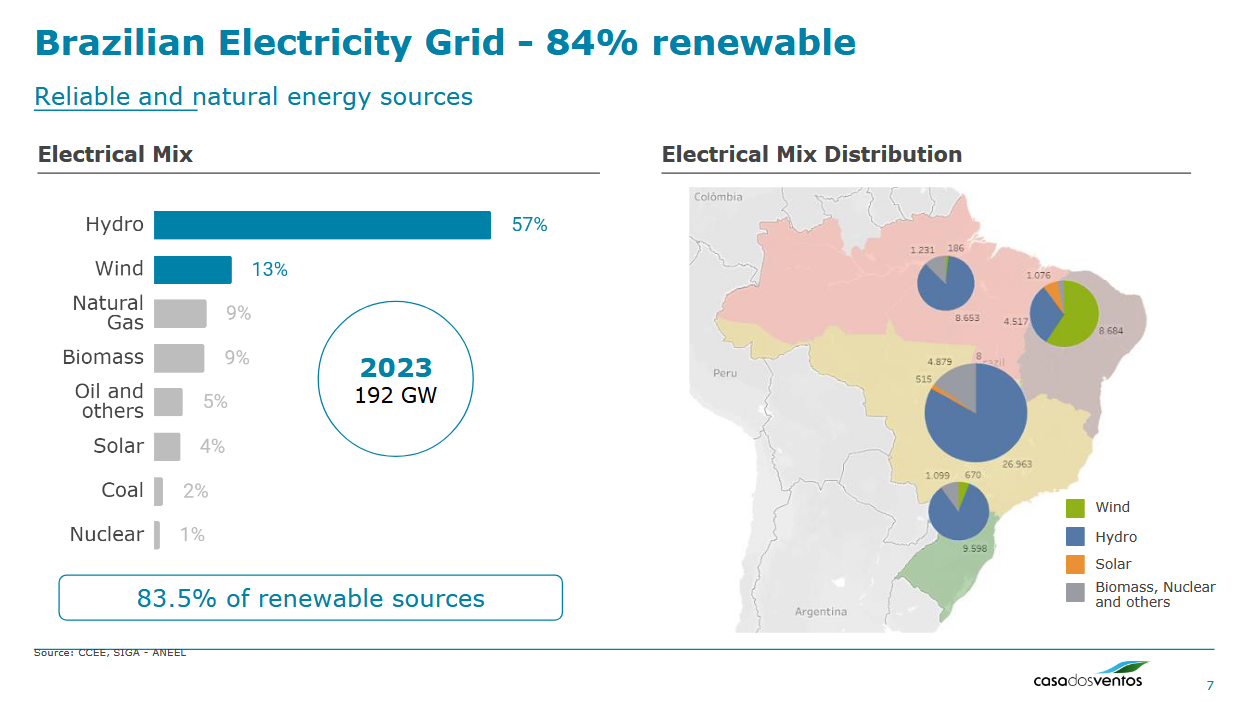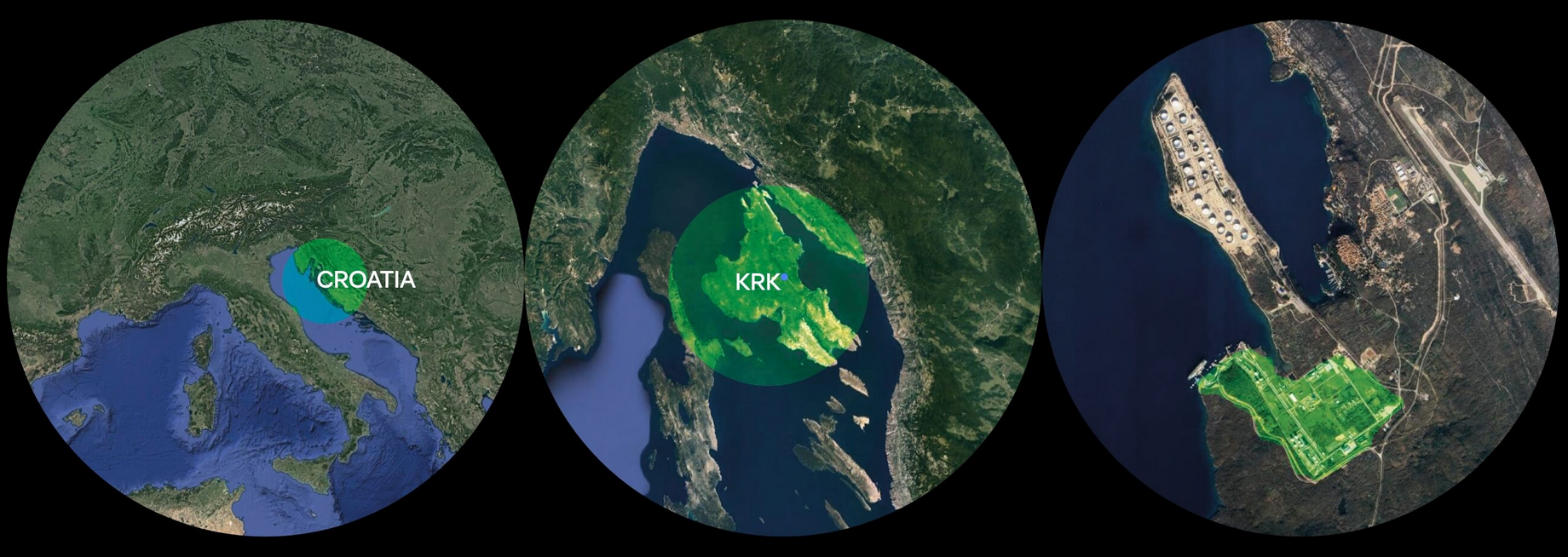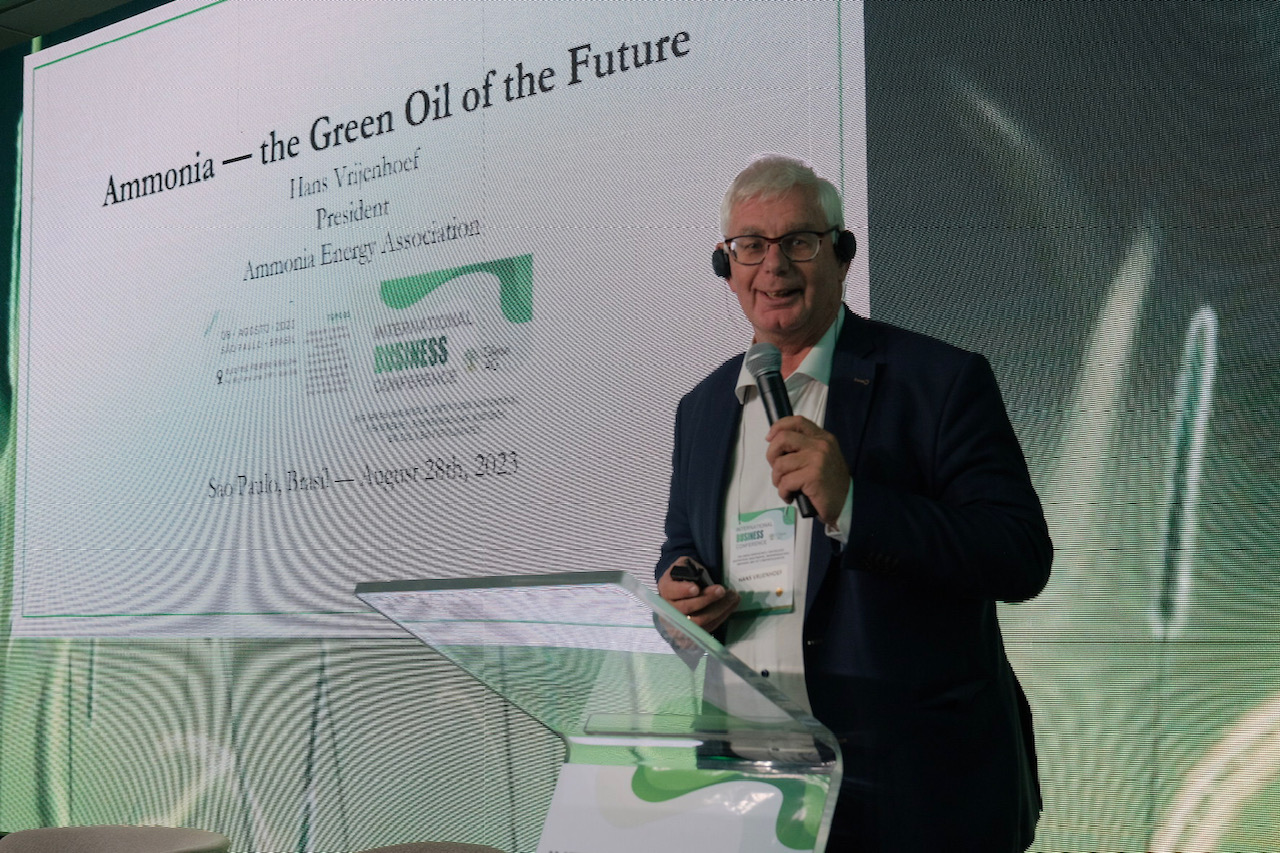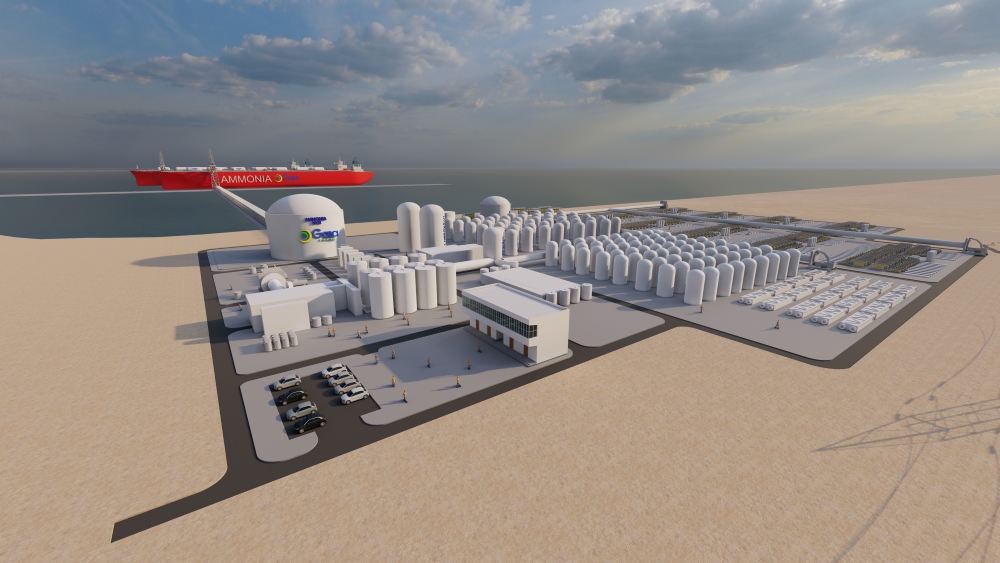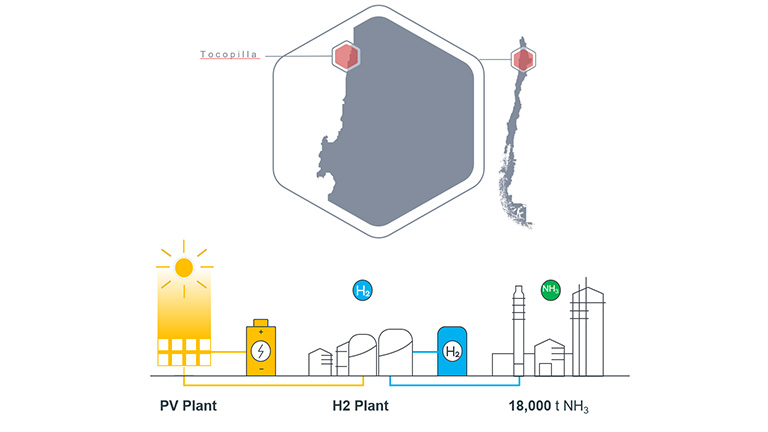Sixth renewable ammonia project announced for Ceara state, Brazil
Spain-based FRV will develop a new $5 billion renewable hydrogen and ammonia project at the Pecém Industrial and Port Complex. At full capacity, 1.6 million tons of ammonia per year will be produced. FRV is now one of six organisations that have signed agreements with the state government of Ceará to develop production projects.

